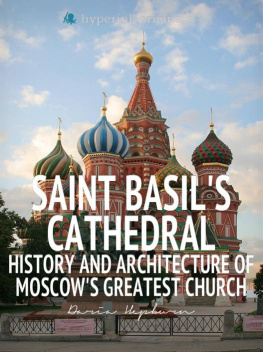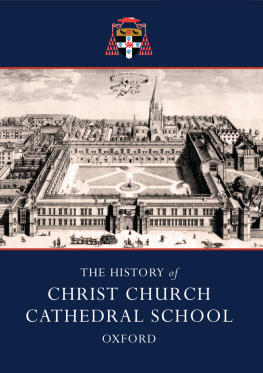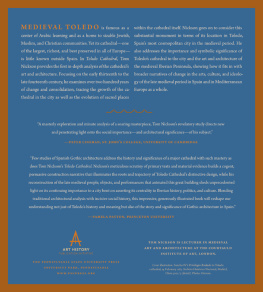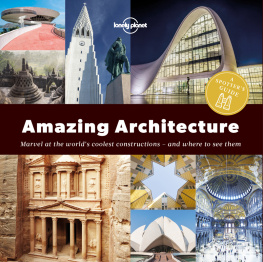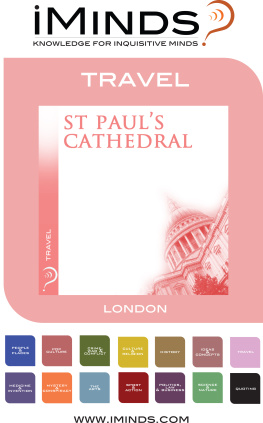Saint Basil's Cathedral: History and Architecture of Moscow's Greatest Church
I.
Saint Basil's Cathedral: History and Architecture of Moscow's Greatest Church
Introduction
St. Basil's Cathedral, also called The Cathedral of the Protection of the Most Holy Theotokos on the Moat, or the Temple of Saint Basil the Blessed, is an Eastern Orthodox Church in Moscow, Russia. The cathedral is a popular search on Wikipedia not only because it is a marvel of architecture, but because it serves as an important edifice for Orthodox Christians around the world. A major tourist attraction , the Cathedral gets more visitors every year than any other historical site in Moscow.
Sitting on the Red Square, St. Basils western facade faces the Kremlin, where the preserved corpse of Vladimir Lenin lies entombed for onlookers to see. Although the Red Square is typically packed with tourists, many native Russians also frequent the area, especially at the end of the work day. By sunset, most tourists will have left only to be replaced by hundreds of Russians just finishing work. At that time, surrounded by natives, the real Red Square experience comes alive. The colorful spires and cupolas of St. Basil become even more stunning when framed against a setting sun.

St. Basil's in the morning, Via Wikimedia Commons
Constructing a Masterpiece
St. Basil's has come to represent the epitome of Russian architecture, even though it is highly unusual in many ways. St. Basil's was built between 1555-1561, at the direction of Tsar Ivan the Terrible. (Watkin, 2005) It is now considered the epicenter of Moscow, the tallest structure there for 39 years before Tsar Ivan erected a bell tower that was taller than the cathedral. Ivan, the first ruler to carry the title Tsar of All Russia, had great power over the countrys secular and religious life. (Perrier, 2002) A devoutly Orthodox ruler, Ivan was also prone to terrible rages and acts of barbaric cruelty that put him at odds with the Church.
Although the Orthodox Patriarch of Russia was the head of the Church, the Tsar did have the authority to convene church councils, and to make important decisions about church planning and design. In this day and age with the separation of Church and State, it may seem extreme to allow a political figure so much religious influencebut during the first 1600 years of Christianity it was very common. The beliefs of the Church were codified and clarified during a series of seven ecumenical councils that took place over several hundred years and were convened by political rulers, not religious officials. Voting on doctrinal matters, however, was solely under the jurisdiction of the bishops in attendance.
Many fascinating rumors surround St. Basils design and construction, especially as the architect of the Cathedral is still a mystery to historians. According to tradition, St. Basil's was designed by Barma and Postnik Yakovlev, brothers who were distinguished architects. However, some church records list the architect as Ivan Yakovlevich Barma, revealing the possibility that "Barna" and "Postnik" were the same person.
The most famous legend surrounding St. Basil's says that Tsar Ivan blinded Postnik Yakovlev soon after he finished drafting his plans for the cathedral so that he could not defect to another country in order help others build something more impressive. There is no evidence, however, that this actually happened, and records show Postnik Yakovlev was alive and working for at least ten years after the construction on St. Basil's had begun. (Perrier, 2002) The workforce that built St. Basil's is also somewhat of a mystery, although church records indicate that construction involved German stonemasons.
The cathedral is not similar to the concurrent architecture of Russia or of Byzantium, which was (and still is) the heart of Eastern Orthodox Christianity and the seat of the Ecumenical Patriarch. Its architects were surely inspiredbut by what? Since St. Basil's was built to commemorate the victory of Tsar Ivan's army over Tartar Kazan, some historians believe that the cathedral was inspired by the gigantic Qolsharif Mosque, the vibrantly painted Islamic house of worship that was destroyed by the invading Russian army. (Schvidkovsky, 2007) The Mosque's namesake, Qolsharif, was the religious leader of Kazan. He perished, as did most of his students, while trying to defend the mosque from the Tsar's forces.

St. Basil's breathtaking colors, Via Wikimedia Commons
St. Basil's is actually not a single church, but a cluster of them. The original layout consisted of eight churches arranged in a circle around the ninth, called the Church of Intercession. The numbers seven and eight are extremely important in Orthodox numerical symbolism. Seven represents fullness, completeness and perfection because according to the biblical book of Genesis, God created the world in six days, and rested on the seventh to enjoy His beautiful world. The number eight represents divinity and eternity because it is one more than the perfection of seven. For this reason, eternity is also called "the Eighth Day" by many Orthodox Christians.
The arrangement of the churches may also be a reference to the eight original churches of Jerusalem as depicted in the biblical Revelation. St. John's vision of the Heavenly Jerusalem inspired many artists and architects; during medieval times, many artists built incredibly detailed miniature versions based on the vision. Other historians speculate that St. Basil's architects chose this layout to represent the eight-pointed star, or the octagram, which was an important Gnostic symbol during medieval times. However, because the Orthodox Church condemned Gnosticism centuries before St. Basil's was constructed, this is highly unlikely.
27 years after the first nine churches were built and consecrated, the Tsar ordered the construction of a tenth, in honor of St. Basil of Moscow. It was erected over the saint's grave and is now known as the Church of St. Basil the Blessed. While there are several Orthodox saints named Basilthe two most famous being St. Basil the Great and St. Basil the Fool for Christit is the latter Basil to which the Muscovite cathedral complex is dedicated. (Schvidkovsky, 2007)
The outside of St. Basil's Cathedral is richly colored with intricate architectural details. It showcases a large number of cupolasrounded domes with a pointed top like a Hershey's Chocolate Kiss. Cupolas such as these are a hallmark of Eastern Orthodox church buildings; they are often nicknamed onion domes because of their shape. However, the symbolism has little to do with a pungent food: each dome represents a flame, symbolizing prayers being sent to heaven, and each tower a candle.
Cupolas are most frequently seen in Orthodox churches in Russia and the United States, but even the largest rarely have more than one. St. Basil's was the first Orthodox church to make extensive use of cupolas, and remains the most famous and extensive example of their use. Within Orthodox churches beeswax candles burn before the holy icons.
The Colors of the Rainbow
St. Basil's Cathedral is painted in a potpourri of saturated, bright colors that dominate all other buildings in the Red Square. The color scheme has evolved considerably since the complex was constructed, and the current colors were chosen and applied between 1680 and 1848. The originals, which were more muted, were chosen in accordance with descriptions of the new Jerusalem found in the scriptural Book of Revelation:

